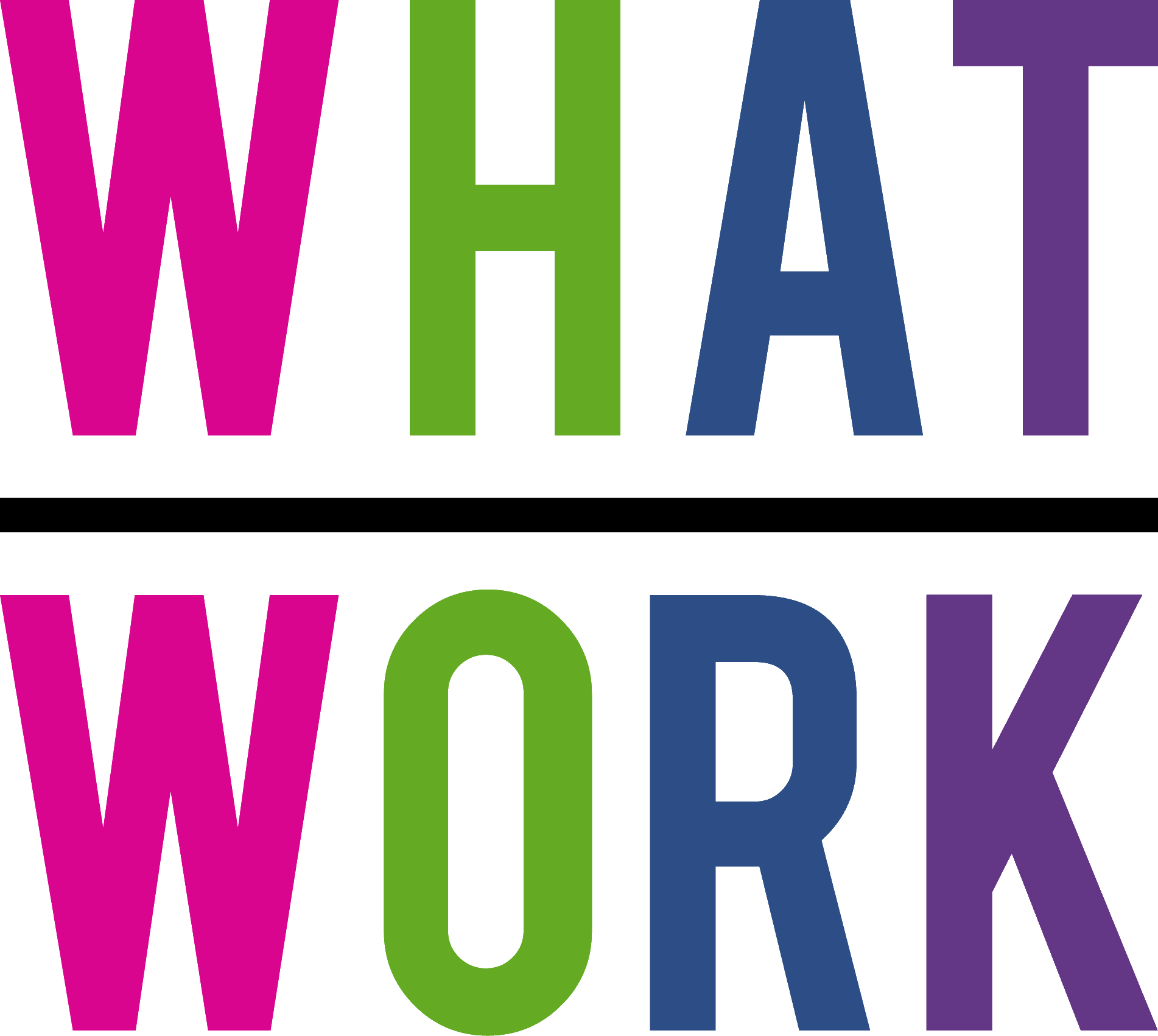360° Surveys and Coaching Practice

Feedback is at the core of creating meaningful change. This is not only true on the corporate level, where customer and employee surveys are key driving factors for success, but also on a personal level. Actively listening to people’s feedback is important to gather insights and make decisions based on that. As a career and leadership development coach, I offer coaching to a variety of professionals: from people in career transitions, through to those wanting to progress in their career, to established business leaders. A survey that I find specifically useful to dig deeper on multiple levels is a 360° survey. Let’s have a look at the different ways you can approach such a feedback tool in terms of career progression and leadership development and what you can gather from that.
What is a 360° Survey?
A 360° Survey is most commonly used to evaluate managers at a company from multiple angles. This means that respondents from different levels at the company are asked to evaluate the managers in order to provide a full, 360° image, which is nuanced and holistic. Usually, you would ask the employees who are working for these managers, the managers themselves by means of a self-evaluation, their peers on the same level, and their superiors. You can also add other levels, for instance, by asking suppliers and clients, or other people connected to working with the managers to give some feedback.
The key element here is that a 360° survey will highlight both strengths and potential blind spots, but also show which issues are more important to the respondents. At the same time contrasting feedback from others with the managers’ self-evaluation provides insights into how accurately you are assessing yourself and whether your hierarchy of values is reflected in what others said.
There are different variations of 360° feedback, which only include a number of the levels of respondents:
– 90° feedback, or bottom-up feedback, means that managers are only evaluated by the colleagues who report to them, ‘hence bottom-up.’
– 180° feedback simply extends bottom-up feedback to another level by adding the self-assessment the managers themselves have to complete.
– 270° feedback adds the next layer, where the managers’ superiors are also assessing the managers.
If you then add the feedback from colleagues at the same level as the manager in question, you will get the complete 360-degree-evaluation.
What topics does a 360° evaluation cover?
Because it is quite a detailed and nuanced survey, you can cover many topics that pertain to the managers’ leadership styles and the general climate at the company. Points you can assess include but are not limited to:
– General leadership skills
– Communication skills and styles
– Social skills
– Alignment to company values
– Competence
– Crisis management
– Empowering & motivating others
– Etc.
When it comes to surveys where you ask other people to evaluate someone, you want to be very careful with how you set up the questionnaires. You can opt for close-ended questions, where respondents can select answers from a scale of 1-5, for instance – such as: “How much do you agree that . . . [statement] . . .” with a scale from ‘not at all’ to ‘totally agree’. Yet the key to in-depth feedback is also including open-ended questions, where respondents have a free-text window to write out some of their thoughts. This gives enough free room to elaborate on a point or add something that is perhaps not covered by a question.
Another point you should pay attention to is the way you frame and formulate your questions. Try to be neutral and not point the respondent in a direction straight from the onset. Refrain from generalisation and try and formulate your questions in a concise way.
How I use 360° surveys in coaching
In my coaching, I ask clients to get feedback from various people representing different aspects of their lives. This may include current or past colleagues and bosses but goes beyond that. Friends, family, relatives, classmates, business associates, etc. are all very useful sources of information as they will each have their own view of you and how you appear in that segment of life or activity. Then, I look for common threads which give valuable insight to my clients, especially as the questions are formulated to address both their blind spots, their strengths, and things they undervalue in themselves, but also touch upon their values, development as a person and as a professional. Several questions are specific to career and work, aimed at uncovering potential career options that a client may not have thought of, or – confirming the client’s choice of a career, job, or calling.
This goes to show what might seem obvious but often gets forgotten – feedback is essential for us, our growth, our interactions and connections, both in our daily lives and careers. I can only encourage making use of 360° surveys for multiple purposes in coaching, from gaining insights about your blind spots and building confidence, to comparing your perception of yourself with that the others have of you and uncovering and integrating your strengths and points of improvement.










Recent Comments